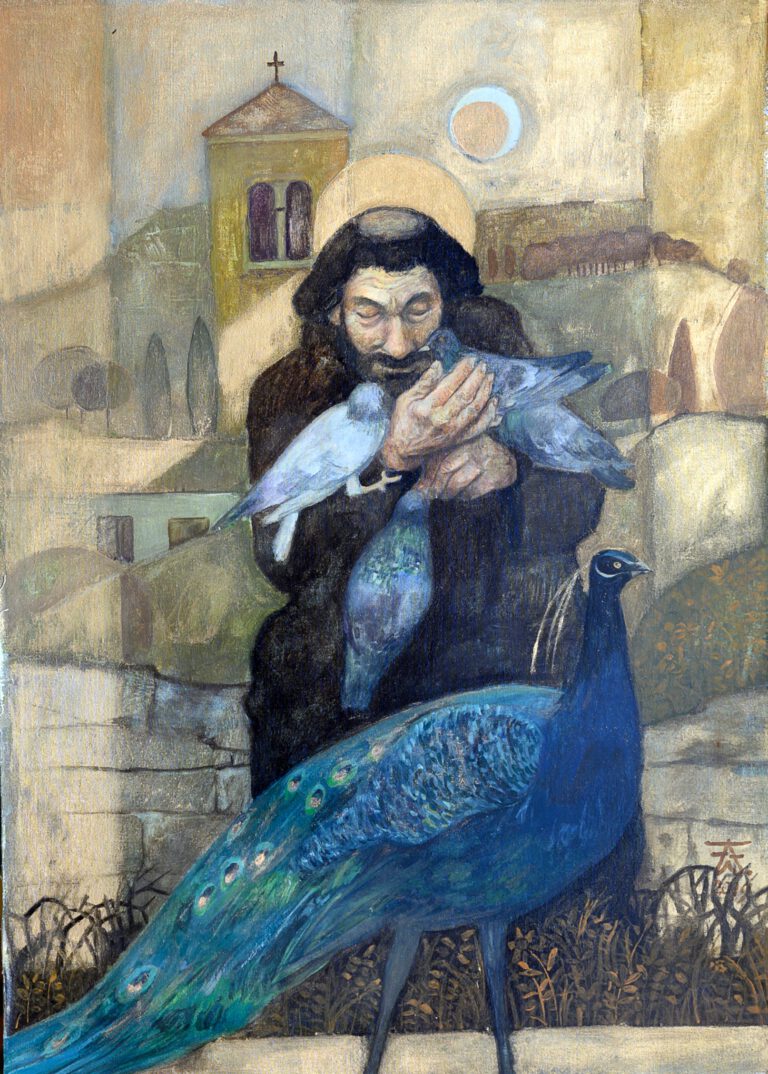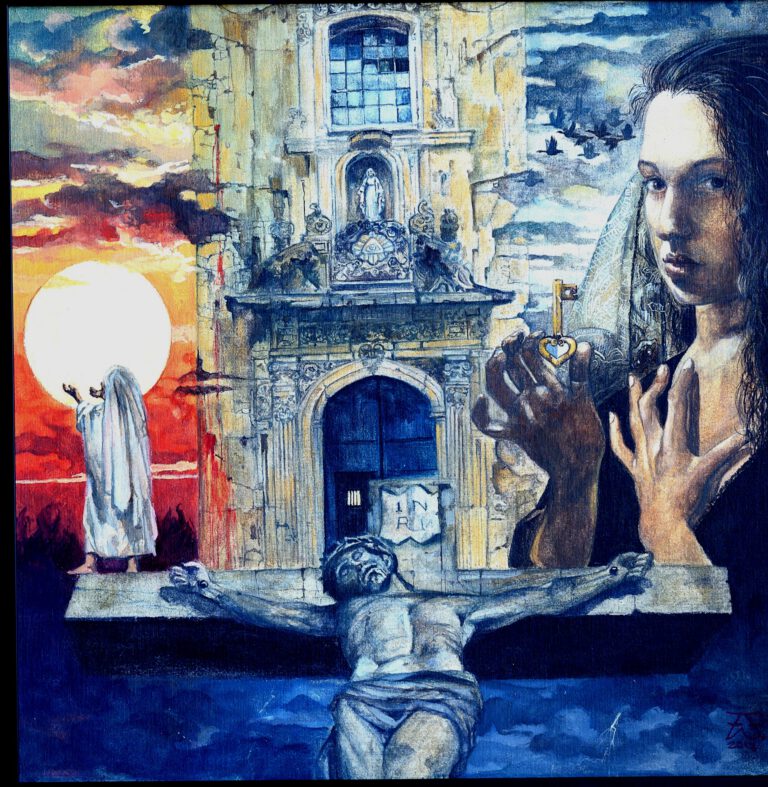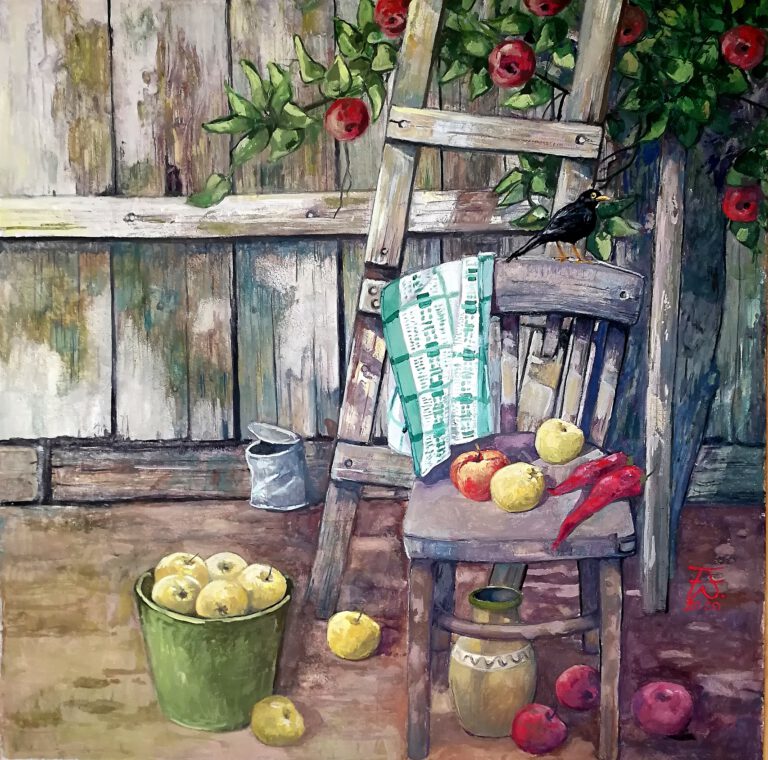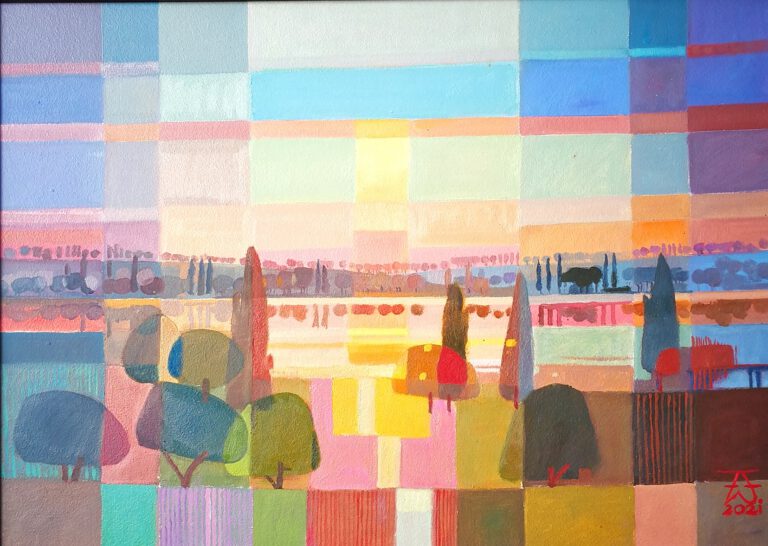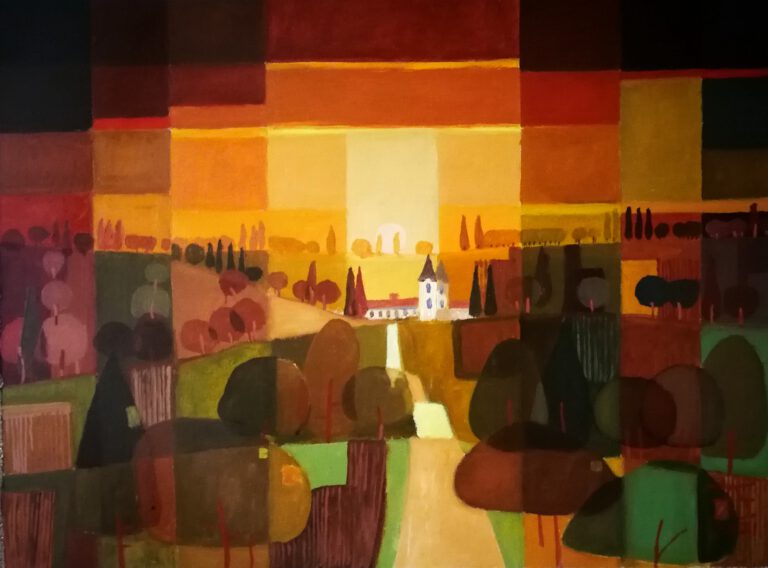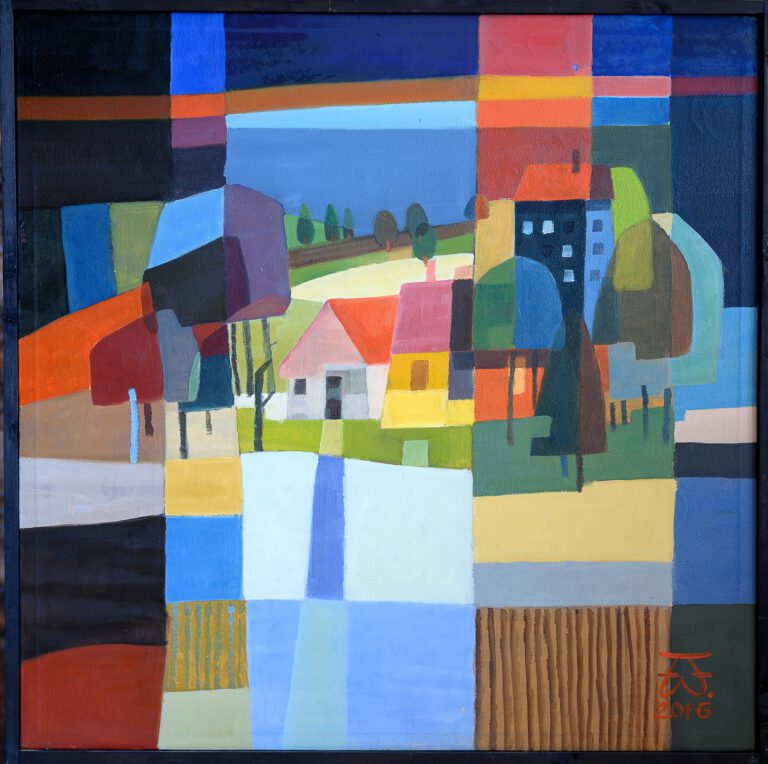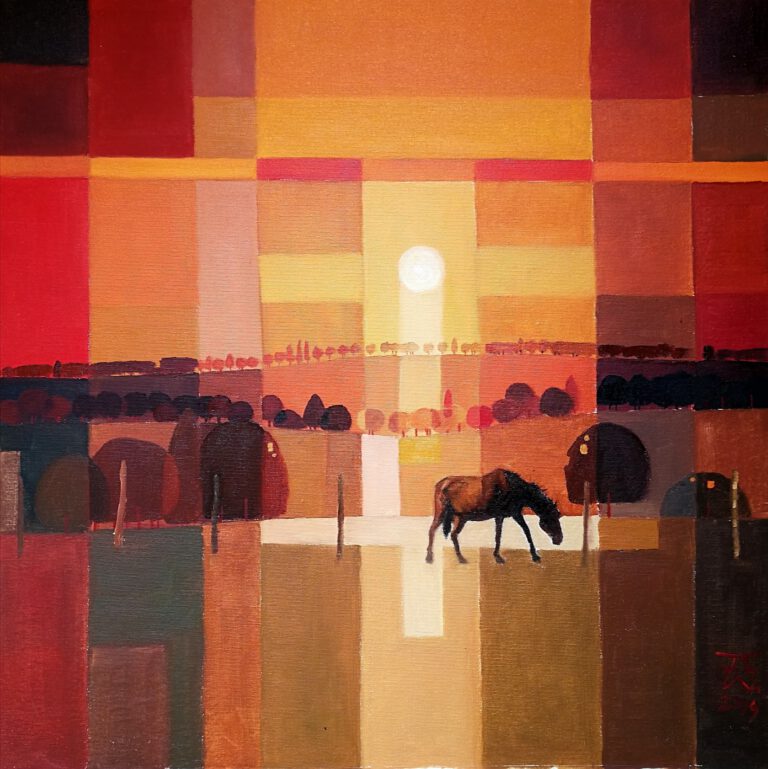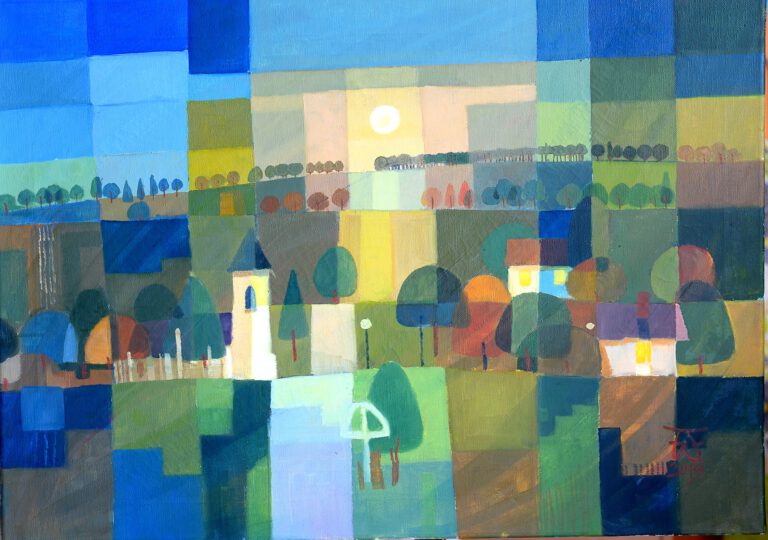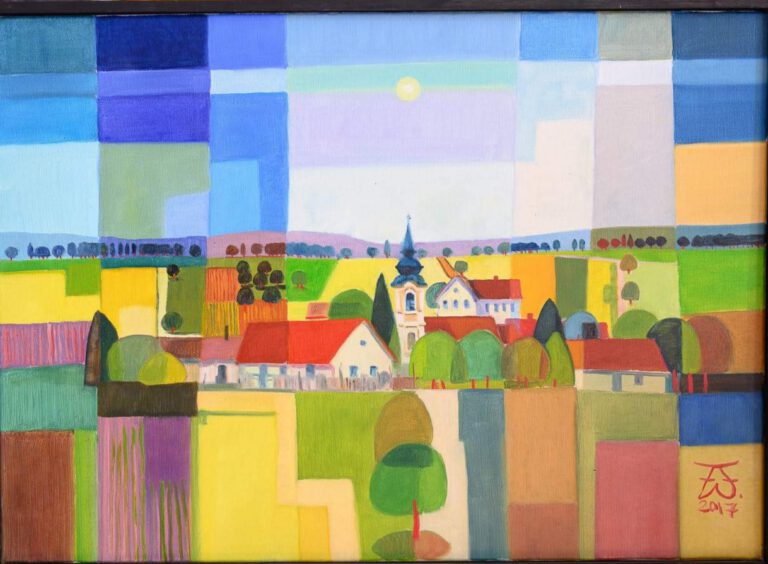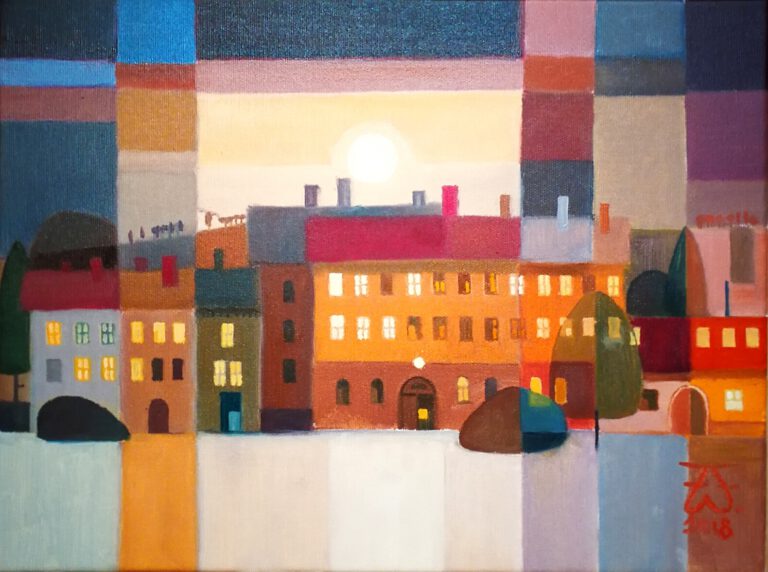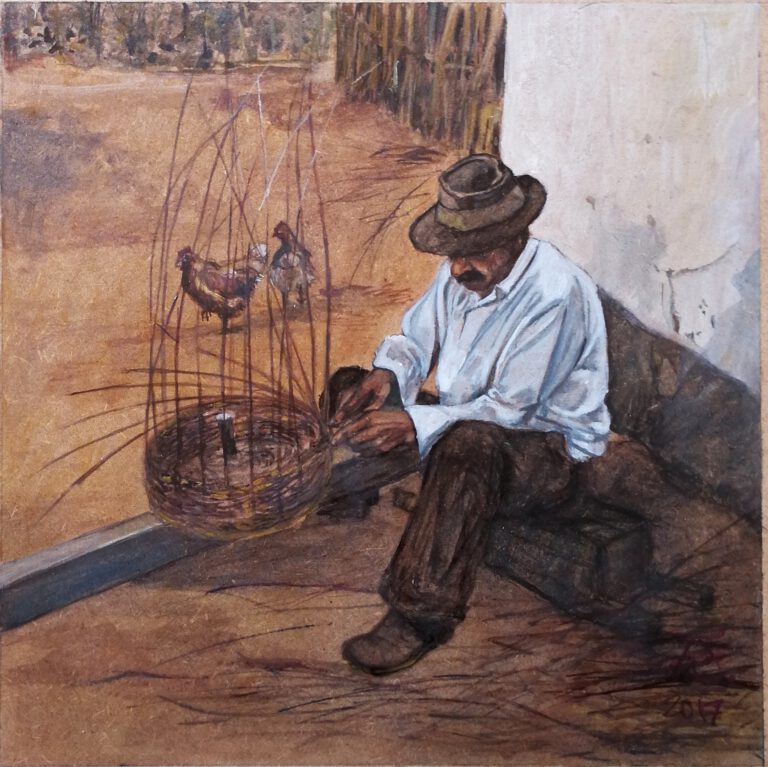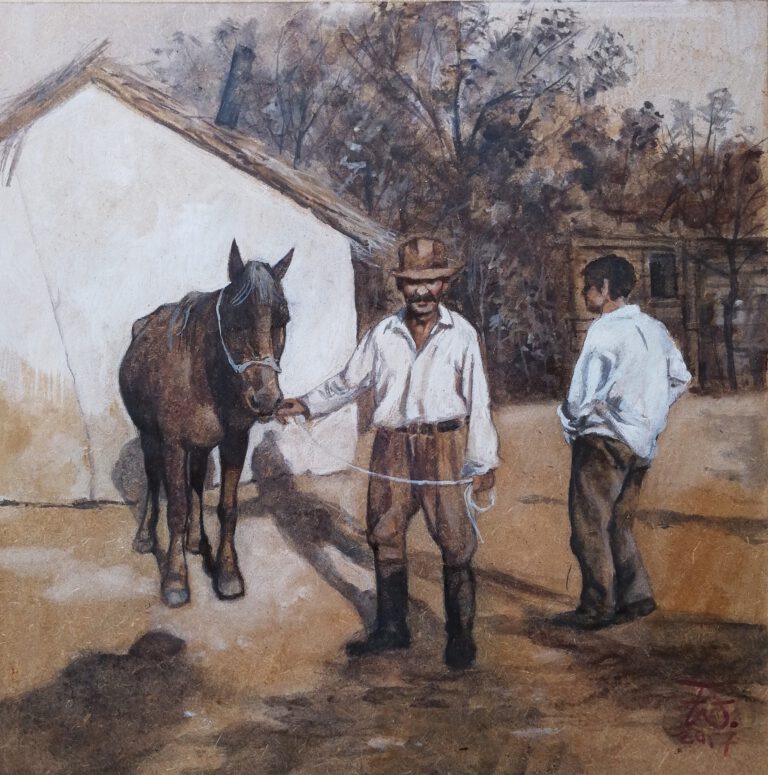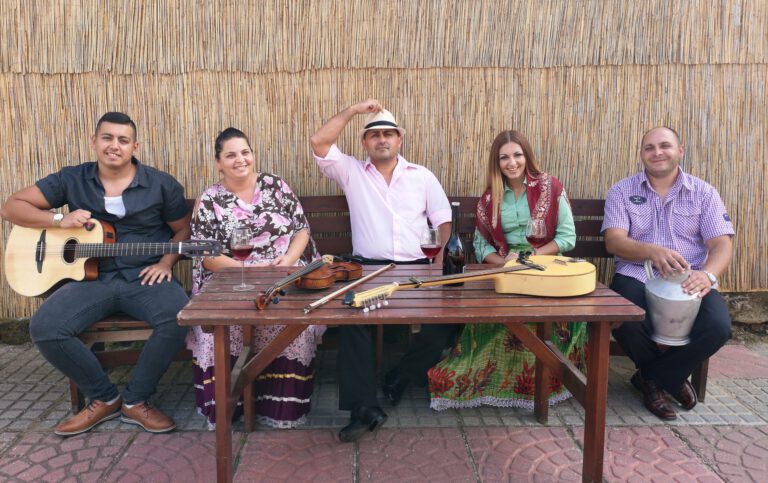
- Diese Veranstaltung hat bereits stattgefunden.
Roma-Tag Festival: VERNISSAGE József Ferkovics und Musik
8. Apr.. 2022/19:30

Roma-Tag Festival 2022:
19:30 VERNISSAGE József Ferkovics
20:00 Konzert KANIZSA CSILLAGAI
8. APR.
Fr, 19:30
Gelb, Rot, Blau – Die Wege des József Ferkovics
The artist is hungarian Roma. His paintings decorate several public institutions, and can be found in the gallery of the Roma Parliament in Budapest, in the Museum of Etnography, in the collection of the Hungarian Cultural Institute and at private collectors. His works were presented in also Berlin, Neapel, Rom, Beijing und Washington D.C.
- ...more
József Ferkovics was born on 17th april, 1961, in Letenye, Zala County. His parents having been divorced, he grew up in an orphanage. From his early years, he used to draw everything he saw or experienced. His schoolteachers noticed his talent and sent him to several competitions. In 1974 he won the second prize at an international children’s drawing competition in Japan. In spite of this, he was sent to Komló to become a miner. At the same time, in a secondary school of Fine And Applied Arts in Pécs, graphic artist, János Horváth polished his talent. (he encountered his parents when he was 18 years old – that was his first encounter with the gypsy culture.)
In 1982 he moved to Budapest, and became the private student of artist painters, László Pajzs and Ernő Fóti at the college of Fine and Applied Arts. During this time, he got married, and after three years he had to quit the college. For some time he worked as a miner. In 1989 he and his wife moved to Nagykanizsa. Ferkovits was longing for creative work. For years he was teaching, directing a training circle, and prepared children for competitions. Meanwhile he obtained a diploma in graphic art.
At present, he lives in Budapest again. He participated in numerous thematic and collective exhibitions. in 2000 he presented his works of art at the 3rd national exhibition of Roma artists. In 2007 he exhibited at the Csók István gallery of Székesfehérvár (conjunction) and at the Budapest National Gallery (the coloured dreams of remembrance). In 2003 he was asked by the Roma journal, Amaro Drom to create a graphic series on the holocaust, which became famous very soon. It was exhibited in the Holocaust Memorial Centre several times. His favourite themes are people, poverty and nature. He paints in various styles, nonetheless, he has a particular style of expression, which characterizes only him.

Kunst
Die berühmteste seiner Grafiken ist der Holocaust von 1944, der mehrfach im Holocaust-Gedenkzentrum in der Pávai-Straße ausgestellt wurde. Zu den Stärken und Gemälden sowohl von Landschafts- als auch von Figurendarstellungen gehören prominente sakrale, symbolische, Akt- und Porträtbilder.
Seine Bilder wurden in zahlreichen Themen- und Gruppenausstellungen in Budapest, ländlichen Städten und im Ausland in Berlin, London, Neapel, Peking und Washington gezeigt. Seine Werke befinden sich in der Galerie des Roma-Parlaments in Budapest, im Ethnographischen Museum, in der Sammlung des Ungarischen Kulturinstituts und bei Privatsammlern. Viele seiner Grafiken und Gemälde wurden 2009 für das repräsentative Album „Ungarische Malerei“ ausgewählt. Bekannt sind auch seine öffentlichen Wandmalereien. Ferenc Boros und László Rozmán drehten mehrere preisgekrönte Filme über seine Kunst und sein Leben.
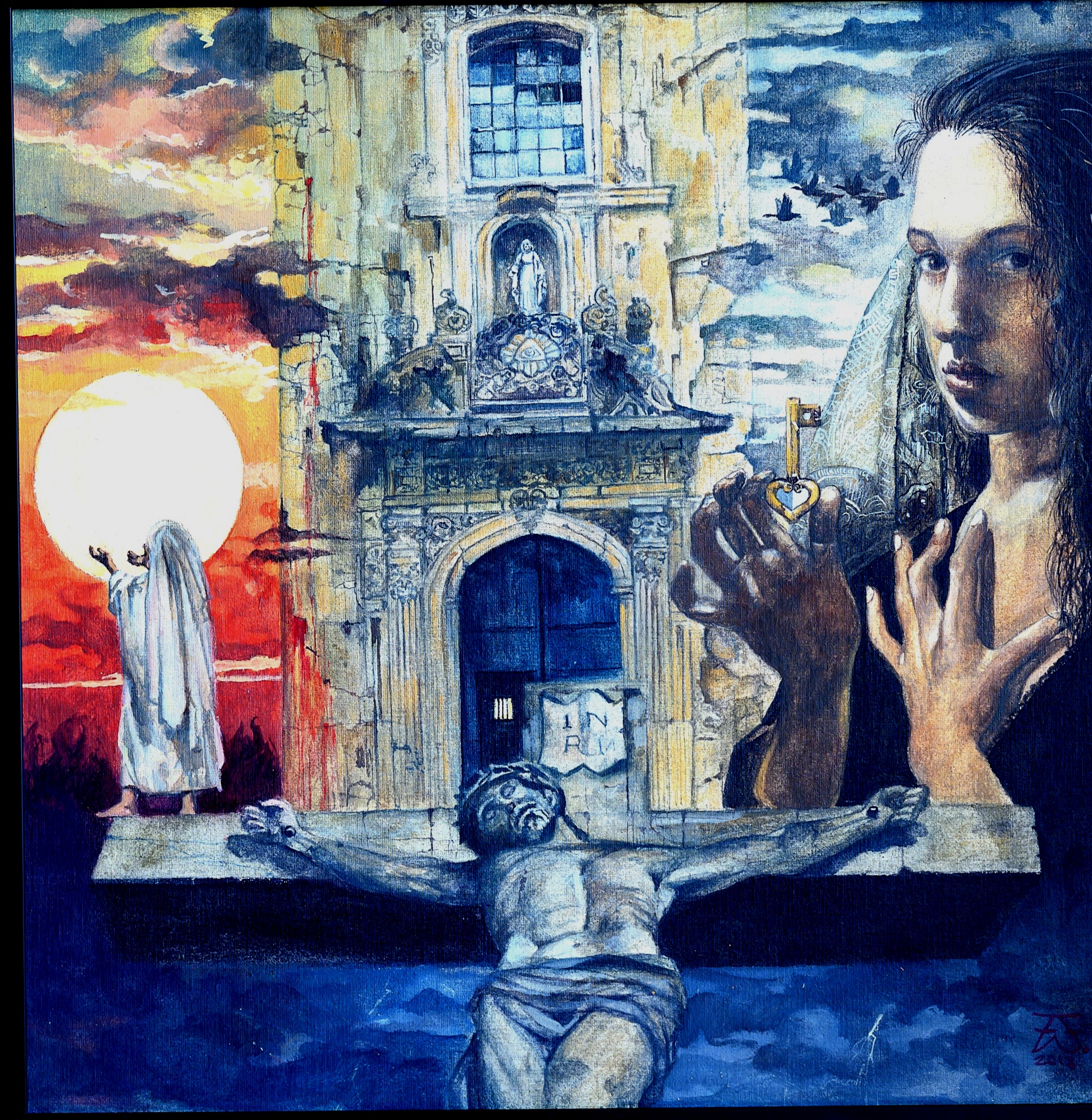
József Ferkovics (geb. 1961) .
Der gebürtige Ungar mit Romawurzeln kam nach der Scheidung seiner Eltern in staatliche Obhut. Schon früh erkannte er sein Talent zum Zeichnen und Malen. In seiner Kindheit nahm er an verschiedenen Malwettbewerben teil, die er meist gewinnen konnte. Mit 18 Jahren lernte er seine leiblichen Eltern kennen und kam so, das erste Mal, mit der Kultur der Roma in Kontakt.
1982 zog der damals 21-jährige József nach Budapest, um dort an der Hochschule für bildende und angewandte Kunst zu studieren. Zu seinen Stärken in der Malerei gehören sakrale, symbolische Akt- und Porträtbilder.
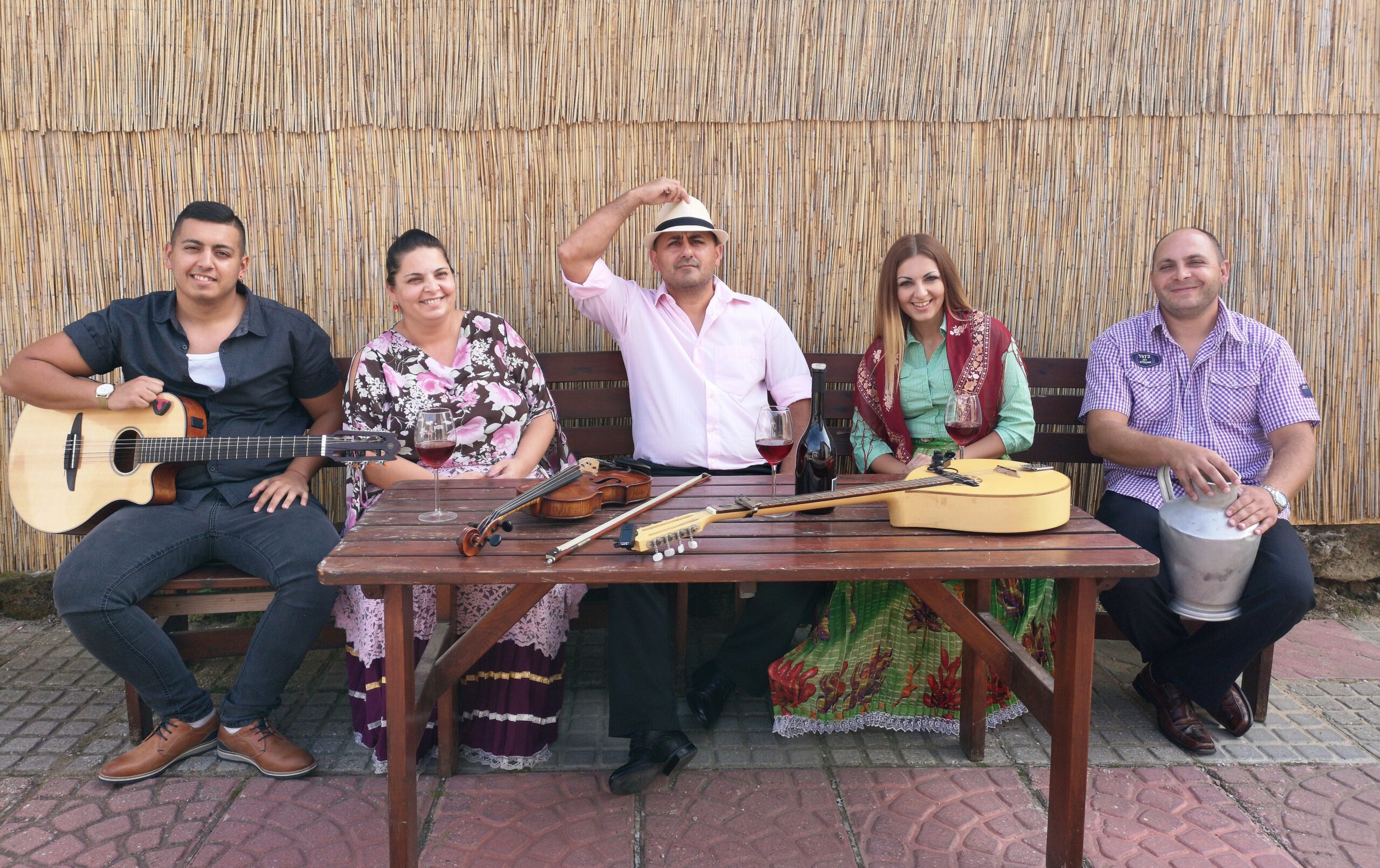
KANIZSA CSILLAGAI
(STERNE VON KANIZSA)
Das Kanizsa-Csillagai-Ensemble wurde 1993 von Oláh und Beas Roma-Jugendlichen in Nagykanizsa gegründet. In den Aufführungen des Ensembles trägt es Volkslieder aus Lovar, Beas und Romungro aus der Kultur der in Ungarn lebenden Zigeuner in traditionellen Volkstrachten vor. Die Band tourte mit ihren Konzerten durch ganz Europa und Taiwan, trat aber auch in Ungarn auf. Im Laufe der Jahre wurden mehrere ihrer Platten veröffentlicht, so dass sie bei ihren Konzerten aus ihrem eigenen Repertoire wählen.
Einige ihrer Ausziechnungen, ohne Anspruch auf Vollständigkeit:
– Kulturpreis der Generalversammlung des Landkreises Zala
– Nationaler Preis für das öffentliche Leben der Romaselbstverwaltung
– Silberne Medaille des Präsidenten der Republik Ungarn
– Auszeichnung von Pro Cultura Minoritatum Hungariae
KANIZSA CSILLAGAI
A Kanizsa Csillagai együttes 1993-ban alakult nagykanizsai oláh és beás cigány fiatalokból. Az együttes fellépésein, a Magyarországon élő cigányok kultúrájából lovári, beás és romungro népdalokat ad elő cigány hagyományőrző népi viseletben. Az együttes bejárta koncertjeivel egész Európát, Tajvant, de számos fellépésnek tettek eleget Magyarországon is. Az évek múlásával megjelent több lemezük, így koncertjeiken saját repertoárjaikból válogatnak.
Néhány elismerésük a teljesség igénye nélkül:
– Zala megyei Közgyűlés Közművelődési Nívódíja
– Országos Cigány Önkormányzat Közéleti Díja
– A Magyar Köztársaság Elnökének Ezüstérme
– Pro Cultura Minoritatum Hungariae kitüntetése
/ Veranstaltungsort: Theater am Olgaeck
Eintritt: frei

